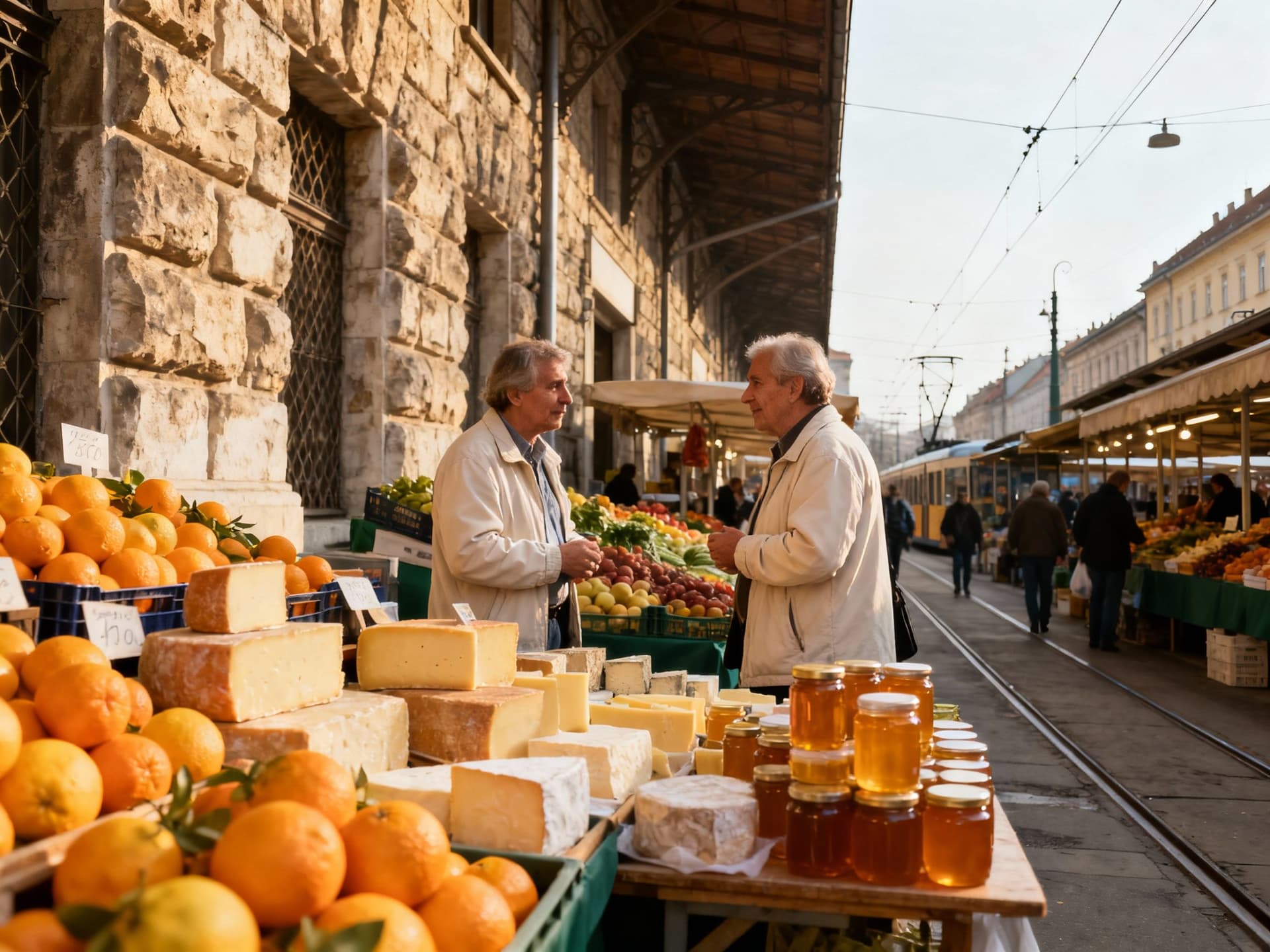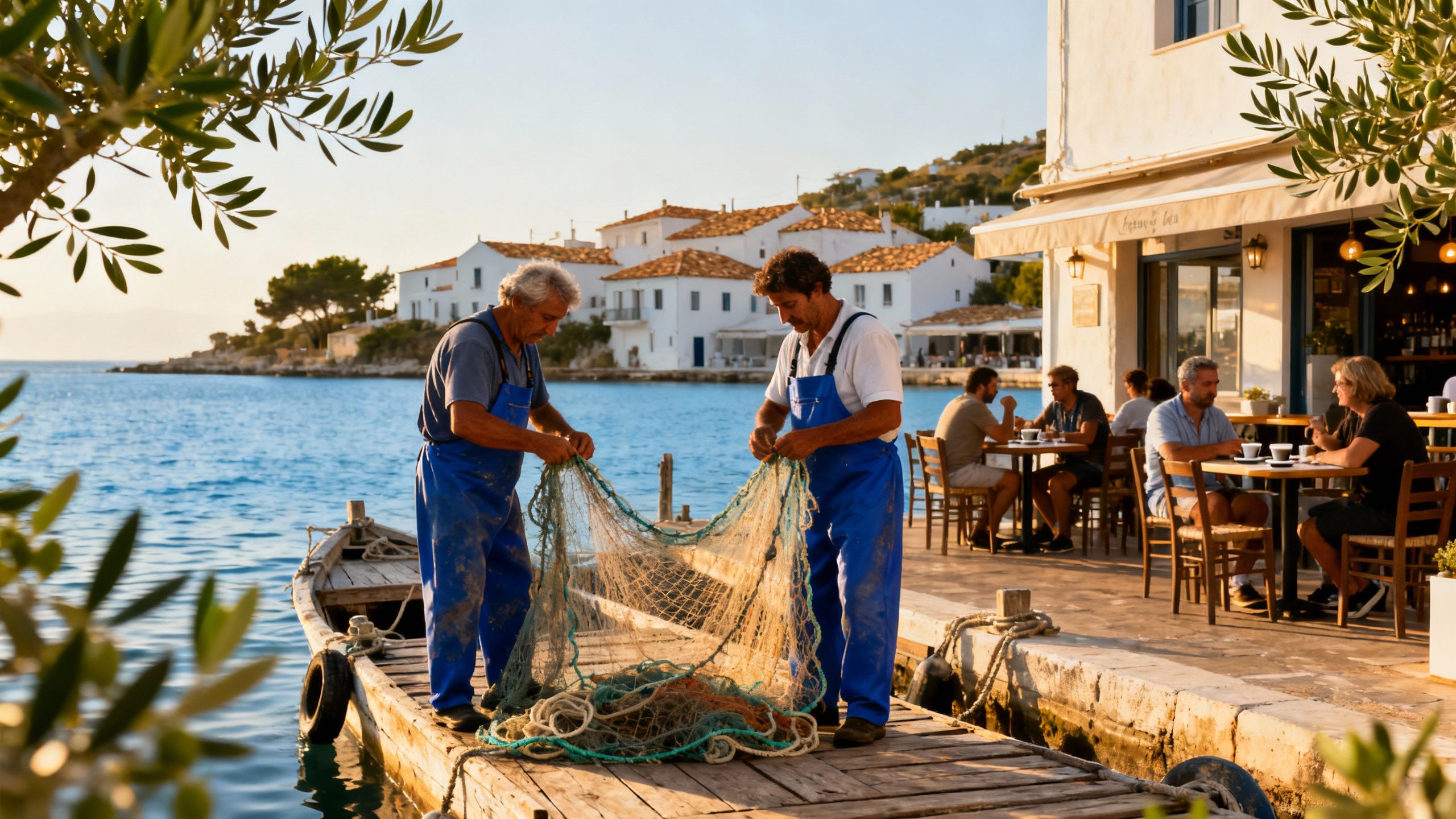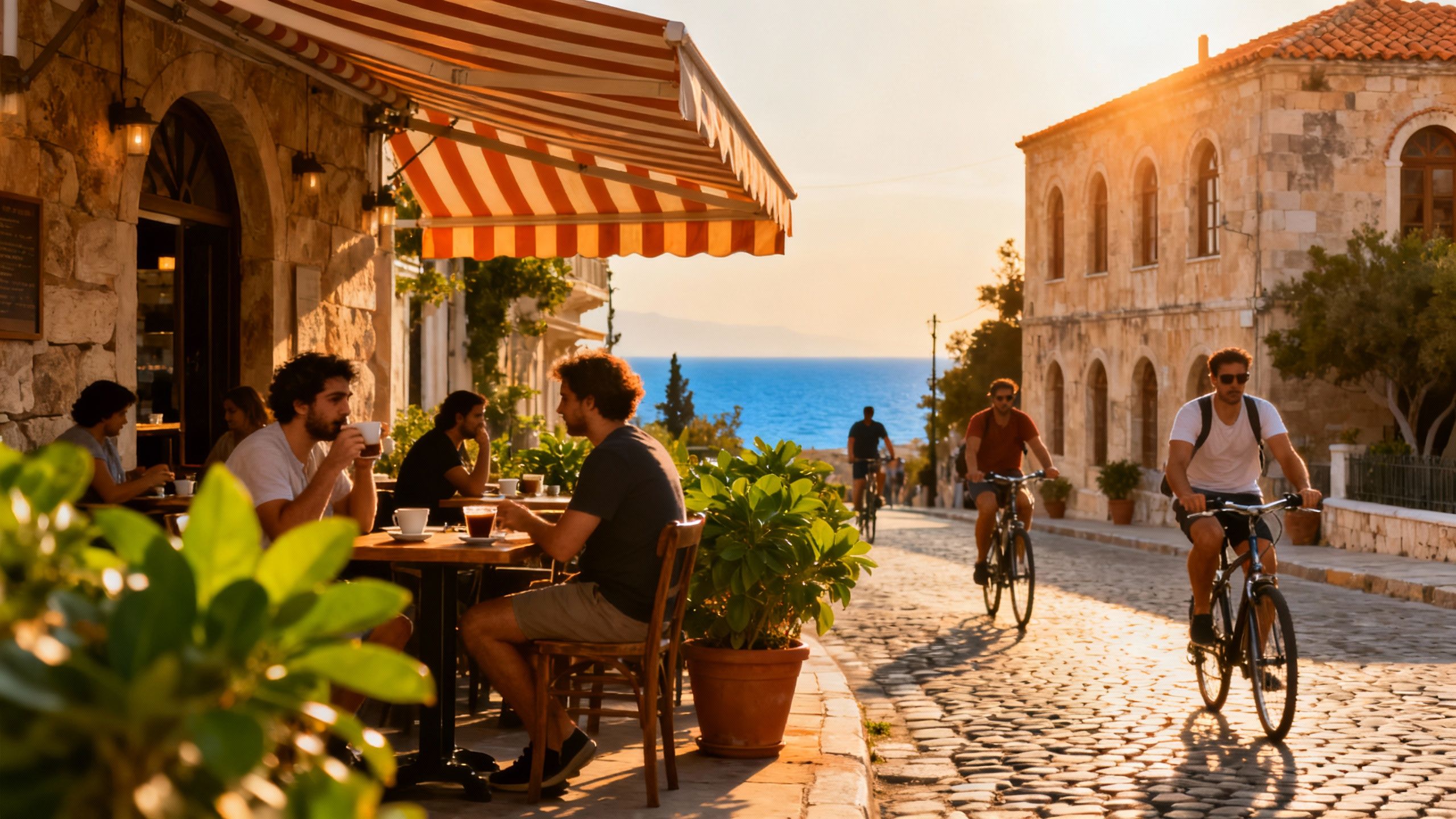After the Offer: Closing, Care & Stewardship in Croatia
Croatia’s lifestyle is seasonal and sensory — rising prices and legal rules for foreign buyers make careful negotiation, closing conditions and stewardship essential to preserve both value and the life you want.
Imagine an autumn morning in Zagreb: espresso steam on Tkalčićeva, tram bells, and a stone townhouse with shutters opening to a courtyard scented with rosemary. In coastal towns the Adriatic will still glitter, but the rhythm slows — fishermen mend nets, markets hum with late‑season figs, and you begin to see how a home here becomes a seasonal, living thing. Recent market analysis shows Croatia’s housing prices have been rising sharply, and that reality changes how you negotiate, close and steward a property. (We’ll lean into lifestyle first; the practical steps follow.)
Living the Croatia life

Croatia is stitched together from limestone streets, pine‑scented hills and Adriatic coves. Days can unfold as market mornings in Split’s Pazar, lazy afternoons on Hvar’s terraces, and evenings over grilled fish in Rovinj. Life is seasonal and sensory: olive oil and citrus in winter, lavender and festivals in summer. That ebb and flow should shape what you buy — a tiny stone house in an Old Town behaves differently across seasons than a timbered farmhouse inland.
Neighborhood spotlight: Zagreb to the Adriatic
If you crave daily cafés and cultural life, Gornji Grad and Donji Grad in Zagreb offer cobbled streets, independent galleries and access to parks. On the coast, Split’s Veli Varoš and the Riva hum with a morning bustle; Rovinj and Istrian hill towns offer truffle markets and vineyard walks. Islands such as Hvar and Brač are summer bright but reveal quiet corners in shoulder seasons — perfect for buyers who want both community and solitude.
Food, markets and seasonal living
Weekends mean markets: Dolac Market in Zagreb for cheese and honey, Split’s market for fresh octopus, and Poreč’s stalls for local olive oils. Seasonal festivals — olive harvests in Istria, summer fish feasts on the Dalmatian coast — aren’t just charming; they shape the rhythm of property use, local rental demand and how homes are managed across months.
- Lifestyle highlights: Dolac Market (Zagreb); Tkalčićeva café life; Veli Varoš morning fish stalls (Split); Lone Bay beaches and lavender fields (Hvar); Rovinj truffle walks and family‑run konobas.
Making the move: practical considerations that respect place

The dream — fragrant terraces, shoreline walks — meets a concrete market. House prices rose notably in recent quarters and will affect bargaining power; the Croatian Bureau of Statistics documents significant year‑on‑year growth that varies by region. At the same time, legal rules about who can buy what (EU citizens vs non‑EU nationals, and special rules for agricultural or protected land) shape the path to ownership. Knowing both the seasonal life of a place and its legal frame will keep your offer aligned with reality.
Property styles and how they fit life
Stone townhouses: intimate courtyards, thick walls and cool summers — ideal if you want walkable life and minimal garden upkeep. Istrian hill houses: terraces, olive groves and room to cultivate a small orchard. New builds near Zagreb: better insulation and solar wiring, easier to retrofit for energy efficiency. Your choice should follow the life you imagine: morning market trips suggest a compact town flat; a focus on biodiversity and food means a countryside plot with space for permaculture beds.
Working with local experts who think like stewards
- 1. Pick an agent familiar with seasonal realities — someone who knows which neighborhoods sleep in winter and which attract year‑round residents. 2. Hire a local lawyer early to check land registry, conservation overlays and any reciprocal‑purchase requirements (non‑EU buyers often need ministerial consent). 3. Insist on an energy and water‑efficiency review: older stone homes can be retrofit for passive comfort with modest investment. 4. Plan stewardship: set up local maintenance and a neighbourly contact so olive trees and tile roofs are tended between visits. 5. Be realistic about rental seasonality if you plan to let — coastal returns spike in summer and flatten in shoulder months.
Insider knowledge: what expats wish they'd known
Honest talk: many buyers underestimate ongoing stewardship and seasonal costs — from roof repairs after winter storms to the care of gardens that prefer Mediterranean dry summers. National policies aimed at rebalancing housing and short‑term rentals can change local economics; recent government proposals to shift tax burden toward property owners seek to free up housing but also affect holding costs. Factor policy shifts into longer‑term stewardship plans.
Cultural integration and daily life
Croatians prize local relationships: know your konoba owner, learn a few phrases, and attend seasonal celebrations. Language opens practical doors — a notary or municipality clerk is far more helpful if you greet them in Croatian. Expat communities cluster differently: Zagreb is cosmopolitan and year‑round, Split and Dubrovnik pulse with seasonal visitors, while Istria attracts slow‑living food and wine lovers.
- Practical red flags to watch for: missing occupancy permits (upitnik), unclear land registry entries, seasonal access problems (roads or ferries in winter), inadequate insulation or ventilation for humid coastal winters, and unresolved neighbour disputes over water or olive groves.
For many buyers the sweet spot is a life‑first offer paired with careful closing and stewardship planning: make offers that respect local market pressure, close with clear conditions (registry checks, energy inspection, ministerial consent if needed), and commit to seasonal care so the house returns the life you bought. A good local agent and lawyer are not just transactional guides — they are stewards of your future life in Croatia.
Next steps: visit in shoulder season to feel the rhythm, request recent land‑registry excerpts and energy details before offering, and ask your agent for a local steward (gardener, caretaker or neighbour) who can hold the place between visits. When you close, think beyond keys — build a stewardship plan that honors the house, the landscape and the people who make Croatia feel like home.
Danish relocation specialist who moved from Copenhagen to the Algarve; supports families with seamless transitions, local partnerships, and mindful purchases.


